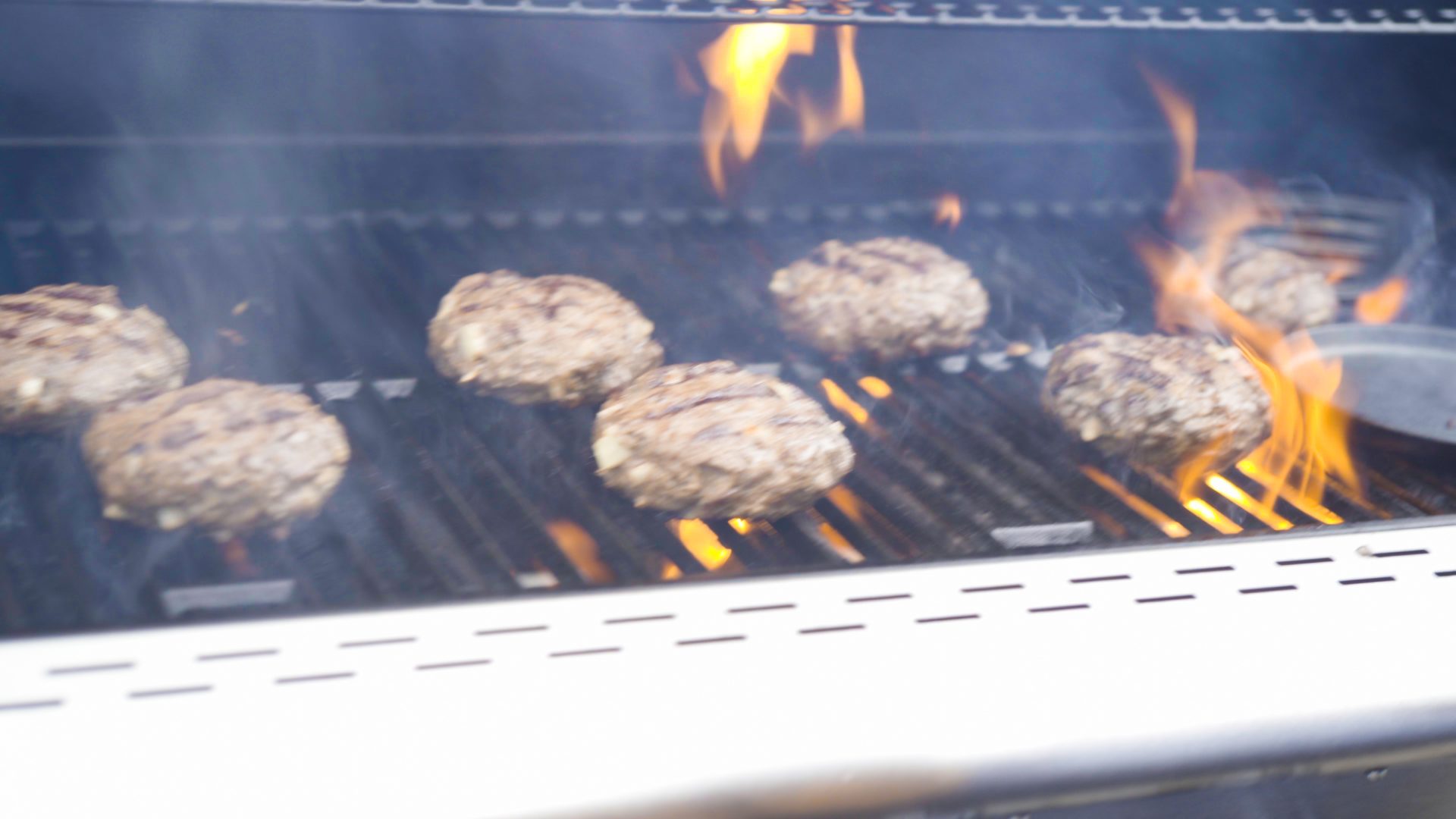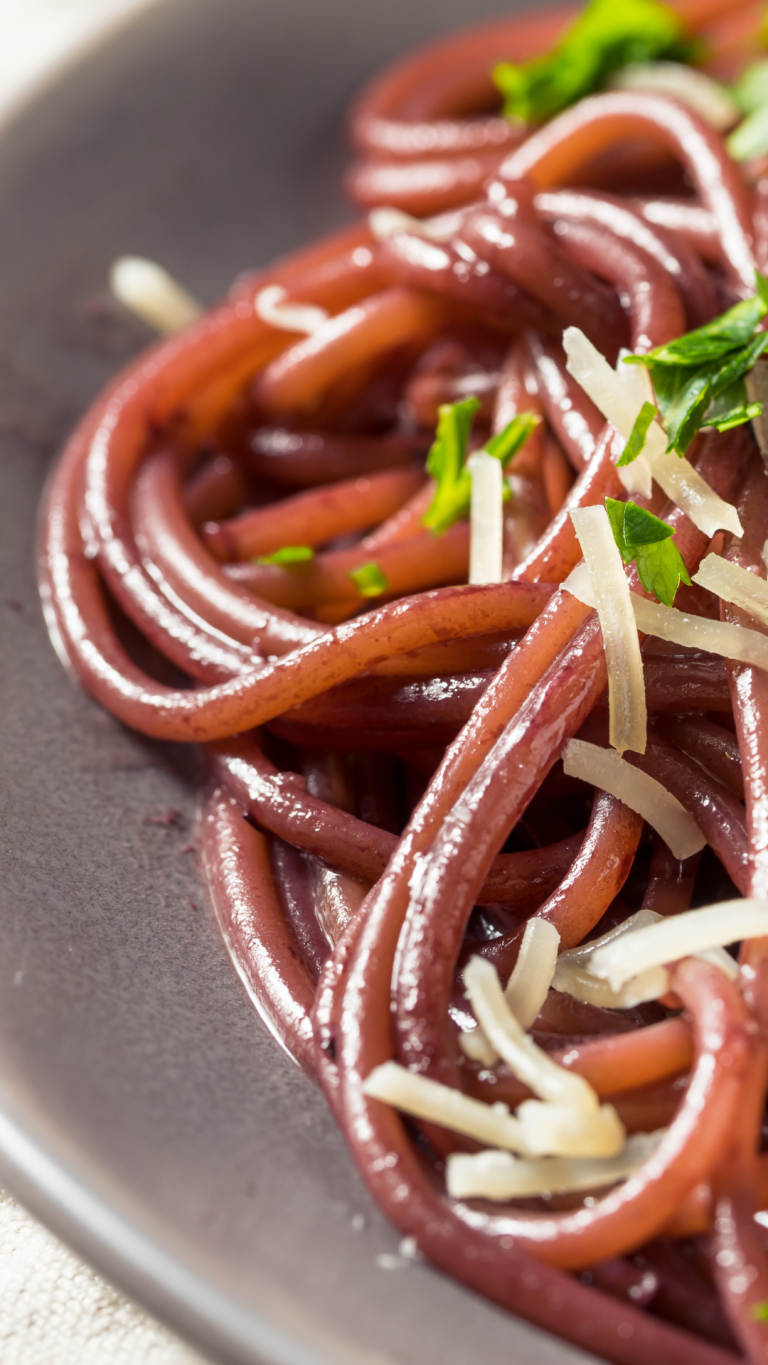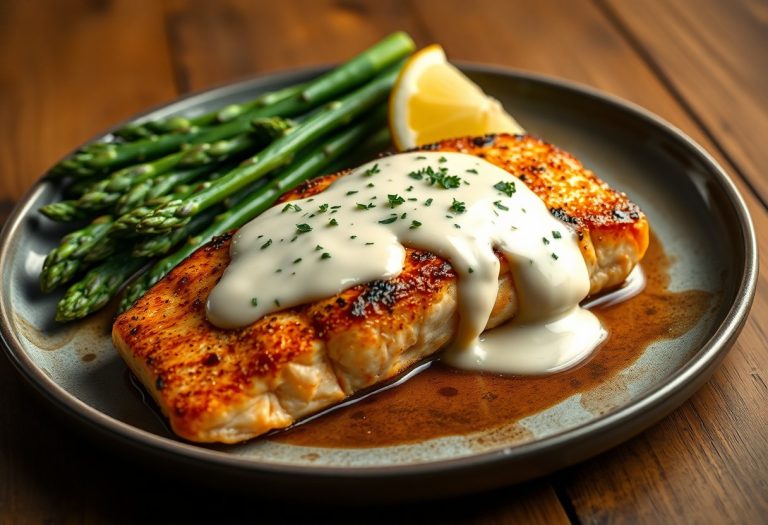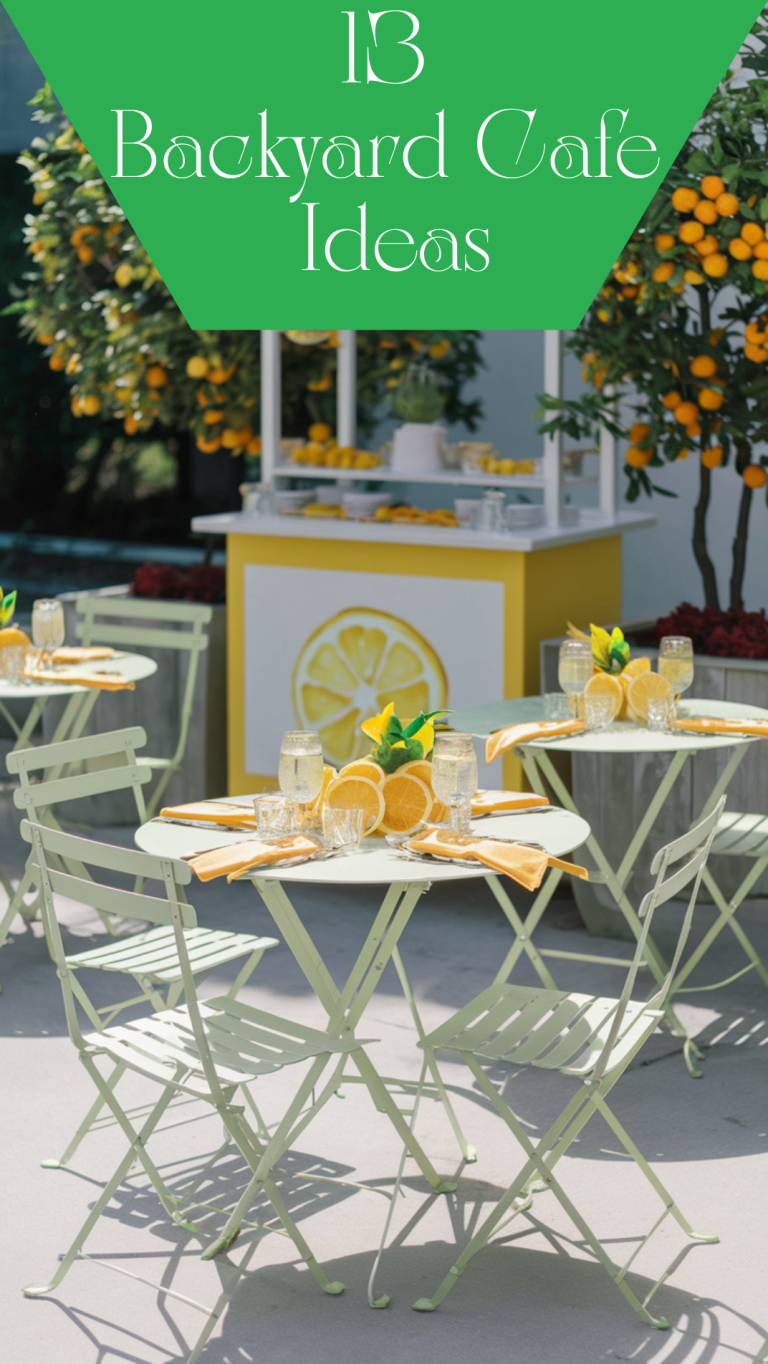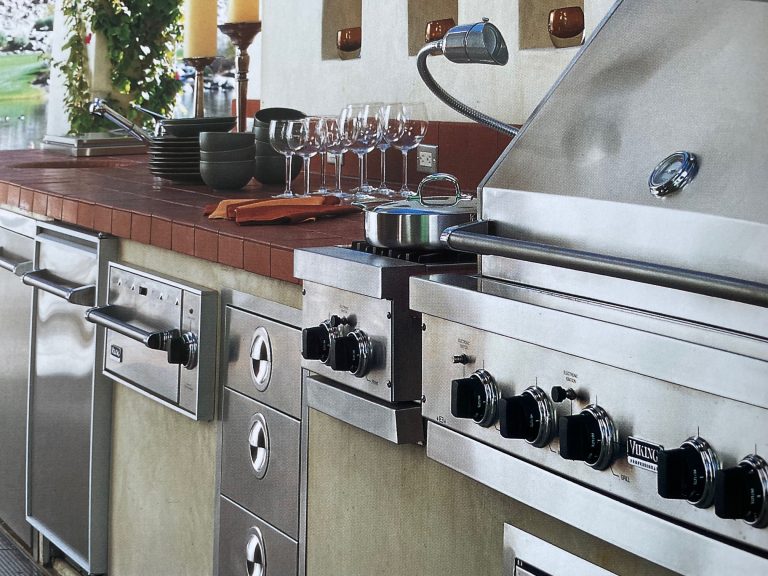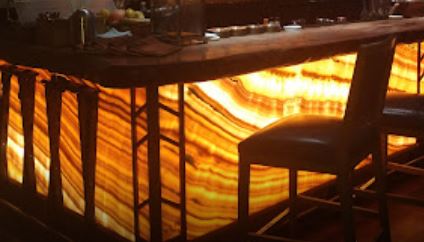Gas Grill Safety Tips
Safety Tips for Using a Gas Grill
Thinking about firing up your gas grill after a long, idle winter season? First time grill master? Dampen your enthusiasm for just a minute so we can go over a few safety tips for using a gas grill for safe summer barbecues with family and friends.
At the start of good weather, millions fire up their liquid propane (LP) or natural gas grills.
However, there are a few safety considerations to keep in mind before firing up the grill.
You can go a long way to prevent gas explosions and fires by following the Consumer Product Safety Commissions tips which we have summarized below.
Natural gas and LP gas/liquid propane are both combustible. Many outdoor grilling accidents occur after the grill has been left unattended for an extended length of time or after the LP gas bottle has been refilled and reattached.
Gas Grill Safety Tips
- Make sure no lighted cigarettes, matches, or open flames are near a leaky grill.
- Never leave a grill unattended.
- Keep children away from the grill.
- Because of the dangers of carbon monoxide (CO) and fire, never use a grill indoors including charcoal grills.
- Also, keep the barbecue at least 10 feet from your house or any other structure.
- Never use a grill in a garage, breezeway, carport, porch, or under a surface that will catch fire.
- Always read and follow the grill’s directions or owners manual.
- Keep a kitchen fire extinguisher nearby.
- If the grill’s flame goes out, switch off the gas supply at the propane tank. Propane gas can build up beneath the grill grates, posing a threat of explosion and grill fires. Before restarting the grill, open the lid and wait at least 5 to 10 minutes for the gas to disperse.
Gas Grill Propane Tank Safety
- When storing an LP gas container, remember to keep it upright. Never store a spare LP gas container under or near the grill.
- Never store or use flammable liquids, such as gasoline or starter fluid, near the grill.
- Never use or store your barbecue grills LP gas container indoors.
- When transporting, make sure the container is safe and upright, and never leave a full container in a hot car or trunk.
- When refilling, only have your LP gas dealer or a licensed service station operator refill the container.
- When connecting, remove the container valve plug from the container valve. Thread the container connector securely into the container valve outlet (turn counterclockwise). Tighten, but not too tightly.
- Check for a propane leak after connecting.
- When disconnecting: Turn off the grill’s burner and container valve before disconnecting.
- Disconnect the container (turn clockwise).
- Insert the container valve plug into the outlet of the container valve.
Buying Guideline for Purchasing a Gas Grill
Purchase grills and containers that have been tested by a nationally recognized testing facility or approved national fire safety organization.
Safety Precautions – Gas Grill
- Check the Venturi tube for obstruction by insects, spiders, or food drippings at least once a year. Remove any obstructions with a pipe cleaner or a wire. Any blockages should be pushed via the tube to the main section of the burner.
- Examine the hoses on the grill for cracks, brittleness, holes, and leaks. Make sure the pipe or tubing doesn’t have any abrupt bends.
- Keep the hoses as far away as possible from the hot surface. Ensure that hoses are kept away from areas where grease may drip. Install a heat shield if you can’t move the hoses. If you reconnect the grill to the LP gas container or if you smell gas, check for LP gas leaks. To check for leaks, fully open the LP gas supply valve and brush connection points with a soapy solution (one part water, one part liquid detergent).
- There is a leak if bubbles appear. Tighten the connection after turning off the LP gas. Close the container valve and take the grill to your LP gas dealer or a qualified appliance repair person if this does not stop the leak.
- If a leak is detected, do not attempt to light the grill until the leak has been corrected. Turn off the LP gas if you’re using the grill.
Gas Grill Safety During a Hurricane or Storm
In the event of a storm, you should take numerous precautions if you have either a freestanding or built in gas grill.
- Be sure to secure your freestanding grill and propane tank against high winds before the storm approaches. Disconnect the propane tank and secure it against high winds. Since it must stay outside, you can securely tie the tank to a fence post, tree, or other permanent structure away from your home.
- Do not put the tank in a garage or other enclosed structure. You can wheel your grill inside, however, to protect it from damage once the tank is removed and secured.
- Never use the grill indoors or in a garage, as this can result in home fires. Finally, a propane tank should never be stored or used indoors. If utilized in enclosed areas, any appliance fueled by gas, oil, kerosene, propane, wood, or charcoal can produce lethal carbon monoxide gas.
- LP tanks that fuel built in grills should be turned off and the supply lines disconnected from the grill.
- If your grill is fueled by natural gas, you can turn off the gas and disconnect the supply line and also move the grill indoors so it doesn’t become a projectile or get damaged in high winds.

